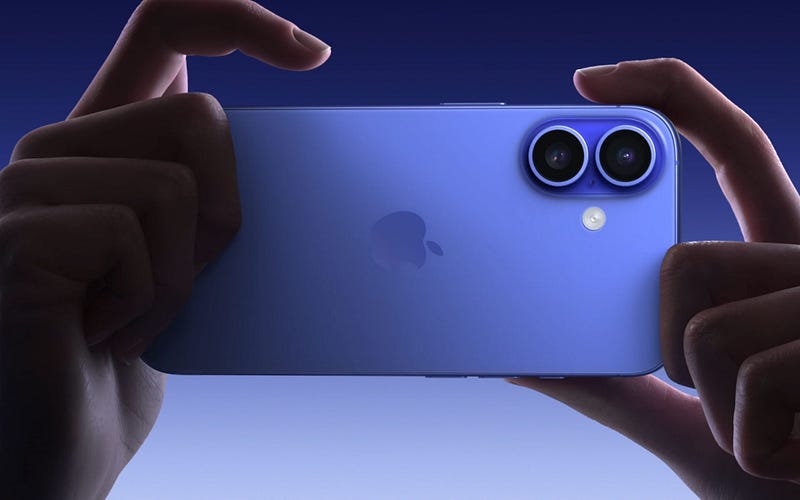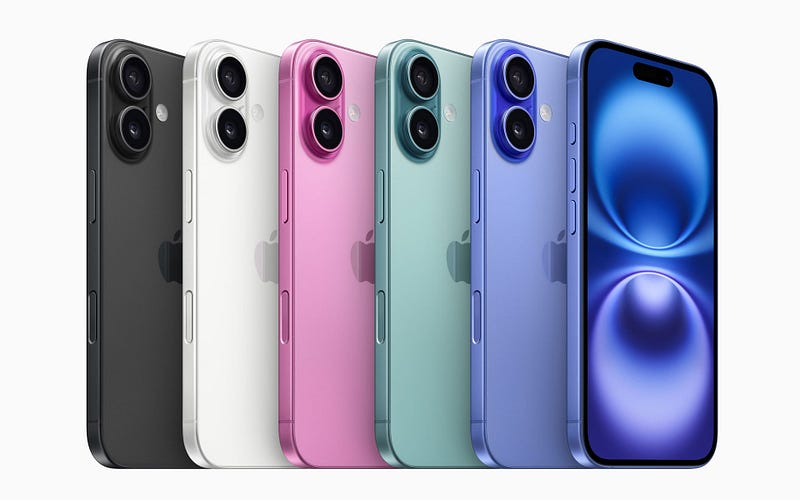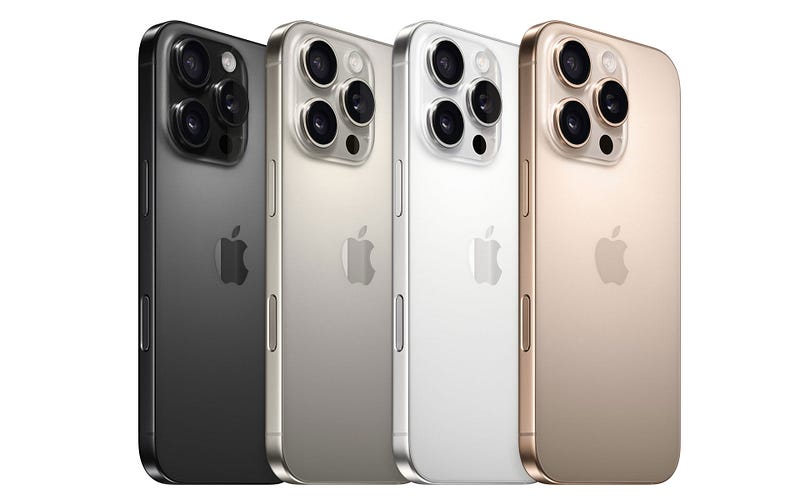The Predictable Evolution of the iPhone 16 Series: Is It Enough?
Written on
The iPhone 16 Series: Expected Yet Familiar
As anticipated, Apple has introduced the iPhone 16 lineup, emphasizing Apple Intelligence while rehashing features we've seen before. The launch, occurring in early September, follows a familiar pattern: a pre-recorded presentation confirming previously leaked information. While this may sound monotonous, it seems Apple is content with this formula, understanding its effectiveness in maintaining consumer interest.
Every new unveiling follows a predictable structure, highlighting the company's comfort in this routine.
Section 1.1 Apple Intelligence: What It Really Means
The marketing team may insist that “the iPhone 16 series is built from the ground up for Apple Intelligence.” However, this essentially refers to enhanced neural processing capabilities, with the iPhone 15 Pro models offering similar functionalities. Currently, Apple Intelligence lacks readiness for widespread consumer adoption, making it difficult to associate any significant advantage with the iPhone 16 lineup.

Consumers can expect gradual rollouts of the promised Apple Intelligence features over the next six to nine months. By the time these capabilities become cohesive and beneficial, the iPhone 17 will likely be on the horizon, making the iPhone 16 series seem lackluster.
Section 1.2 Hardware Highlights of the iPhone 16
Instead of focusing solely on unrefined software, let's examine the hardware enhancements in the iPhone 16 lineup. Interestingly, this year’s standard models have received more substantial upgrades than the Pro versions. The iPhone 16 and 16 Plus come equipped with a physical, programmable Action Button and the new A18 processor, outperforming the A16 in the previous iPhone 15. Additionally, both models feature 8GB of RAM, crucial for supporting Apple Intelligence and optimizing performance in demanding applications.

A noteworthy addition is the physical Camera Control button, which enhances user experience by allowing multiple pressure levels for quick adjustments. This feature leverages haptic feedback and touch gestures for seamless zooming and lens switching. Apple has indicated plans to enhance this feature further through software updates, aiming to improve focus and exposure locking.
Chapter 2 The iPhone 16 Pro: More of the Same
Despite the growing popularity of Pro models, this year's iPhone 16 Pro series appears less inspiring. While there are some upgrades, such as larger screens and enhanced ultrawide camera capabilities, the A18 Pro chip offers only marginal improvements. All models share the same 8GB RAM, which means performance should be comparable across the board.

The Pro models do adopt the Camera Control button and offer slightly faster charging speeds along with Wi-Fi 7. However, the lack of substantial innovation leaves consumers wanting more, especially given that prices remain unchanged from previous models.
The Pro lineup does promise improved battery life, enhanced audio capabilities from its four microphones, and finally, USB 3.0-level data transfer speeds through the USB-C port. While these changes are welcome, they do not significantly differentiate the Pro models from the regular ones.
The Road Ahead: A Need for Innovation
The iPhone 16 series signals a plateau in design and functionality since the iPhone 12 era. While Apple Intelligence may evolve over time, the lineup desperately requires a fresh look and innovative features that set it apart from previous models. If the upcoming iPhone 17 does not deliver on these fronts, Apple may face challenges ahead.

Rumors of an “iPhone Air” suggest a possible refresh, but the reliance on external ideas for new features raises concerns. Apple’s attempts at originality have struggled to gain traction, indicating a potential stagnation in innovation within the smartphone market.
In summary, despite its resources, Apple appears to be missing opportunities for groundbreaking advancements in smartphones. The current trajectory, relying heavily on marketing rather than true innovation, may not suffice in a rapidly evolving market. Consumers deserve better, and the future of the iPhone series depends on Apple's ability to meet these expectations.
The first video titled "iPhone 16 Pro MAX Durability Test" explores how the latest model holds up against various tests, shedding light on Apple's commitment to quality.
The second video, "iPhone 16 Pro - 7 Major PROBLEMS Revealed," delves into the challenges and shortcomings of the new Pro model, highlighting consumer concerns.